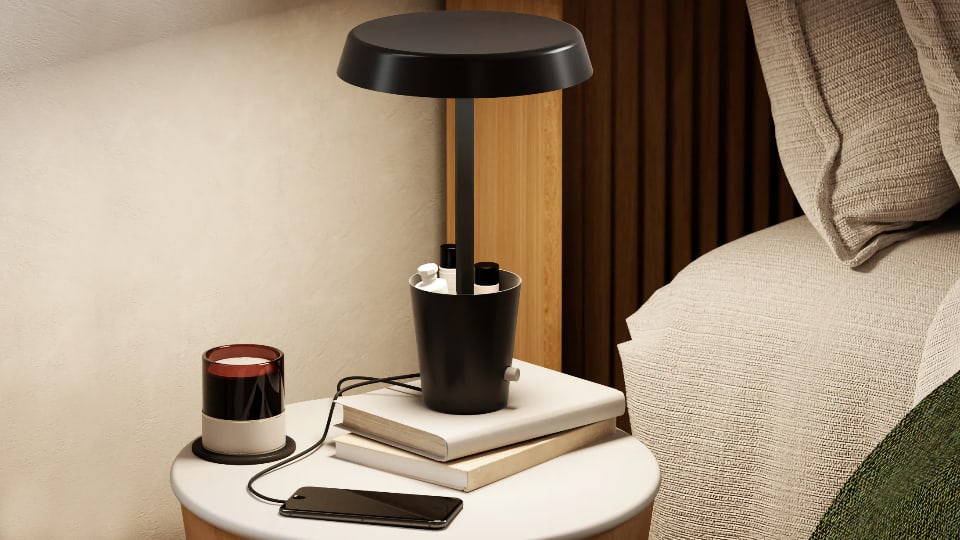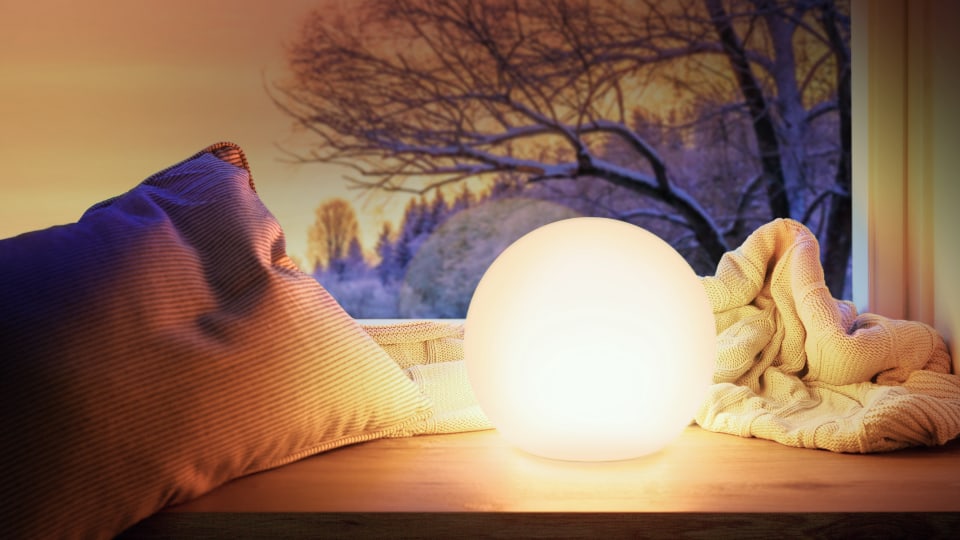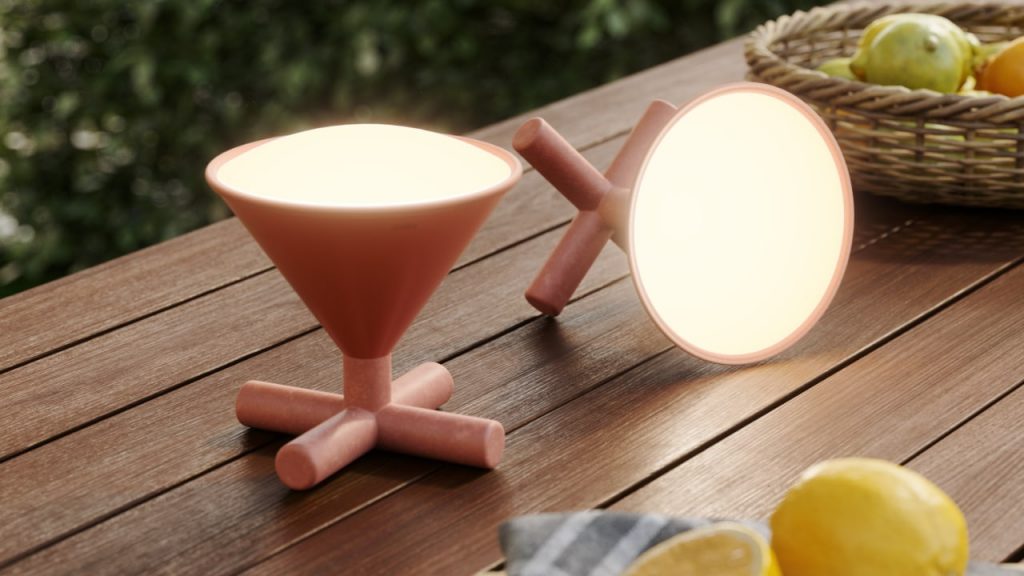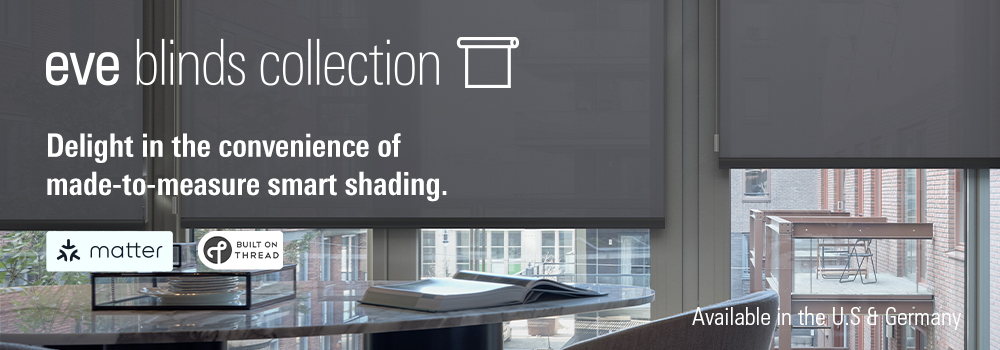What do manufacturers like Artemide, Eglo, Luke Roberts, Occhio, Paul Neuhaus or Nimbus have in common? They offer decorative lights that can be remotely controlled via an app. Philips Hue also has smart ceiling, floor and pendant lights in its range. The problem is that the products are incompatible with each other. Each manufacturer uses its own, self-contained system – and therfore keeps the users in line: If they want to control everything centrally, they have to stay within the brand family.

Connected lighting, made easy
Two new products from the Canadian design label Umbra (link) show that this could change in the long term. The table lamps Umbra Cono (above, 95 US$) and Umbra Cup (below, 130 US$) were created in collaboration with Nanoleaf. The lighting specialist, also based in Toronto, contributes its technology and the Matter standard. This means that the Umbra lights can be integrated into any Matter-enabled smart home.
Thanks to the Thread radio protocol, no wireless bridge is required. A Border Router such as Apple’s HomePod Mini, a corresponding Echo model from Amazon, or a Nest or SmartThings hub is sufficient. The platform’s app takes care of all the steps, from setup to operation to automating lights. Additional effort such as downloading a manufacturer’s app is eliminated, and users don’t have to worry about compatibility either.

The two Umbra products can be used individually or in combination with other Matter-enabled lights – be it a Philips Hue system, a Wi-Fi bulb from Wiz or soon the battery-powered mood light Eve Flare (below, 100 US$). For the latter, manufacturer Eve Systems has announced a software update that will support the Matter standard. Since Eve – like Umbra – uses the Thread wireless protocol, a connection with Matter systems is possible natively, without the help of a bridge.
Is this what the future of smart lighting looks like? Quite possibly. If more manufacturers follow the example and use Matter to control their luminaires, the question may sooner or later arise as to whether everyday lighting needs as many different apps and lighting systems as is currently the case. And suppliers from Artemide to Eglo, Luke Roberts, Occhio, Paul Neuhaus and Nimbus will probably consider whether they should at least integrate the Matter standard as an additional control option for their models.
Share this information:


